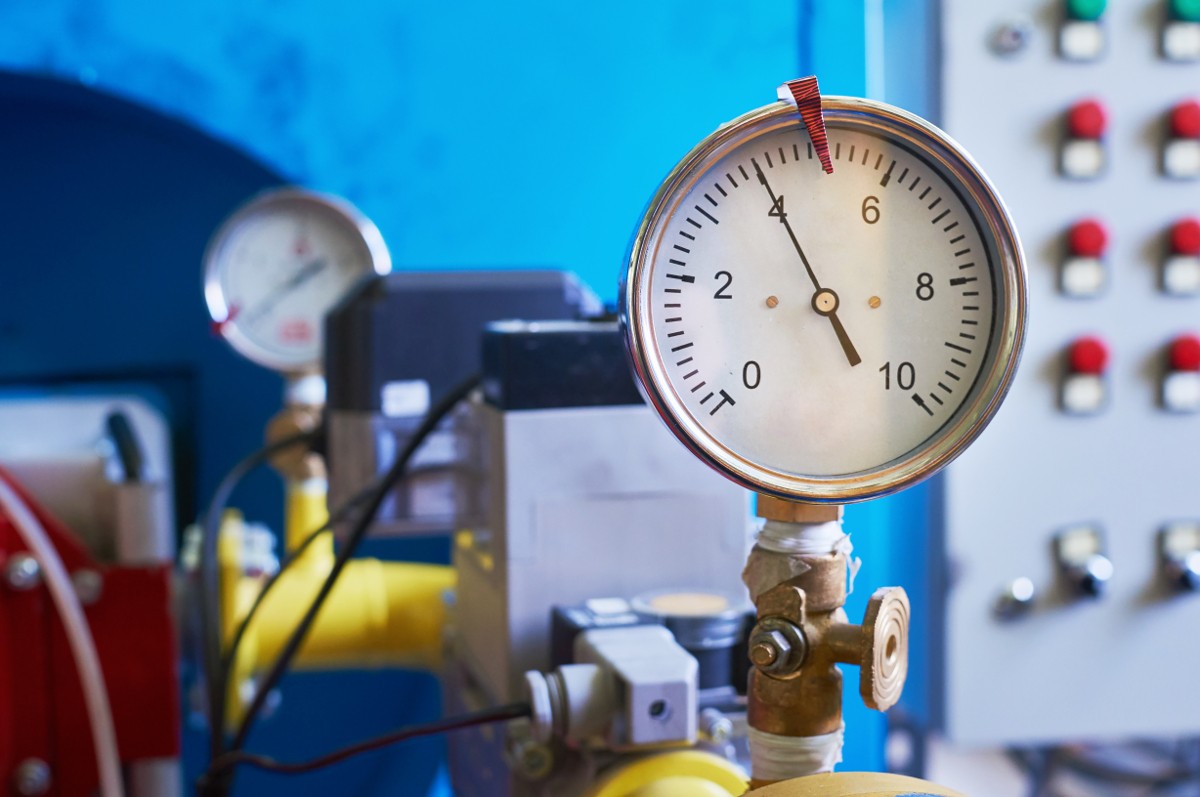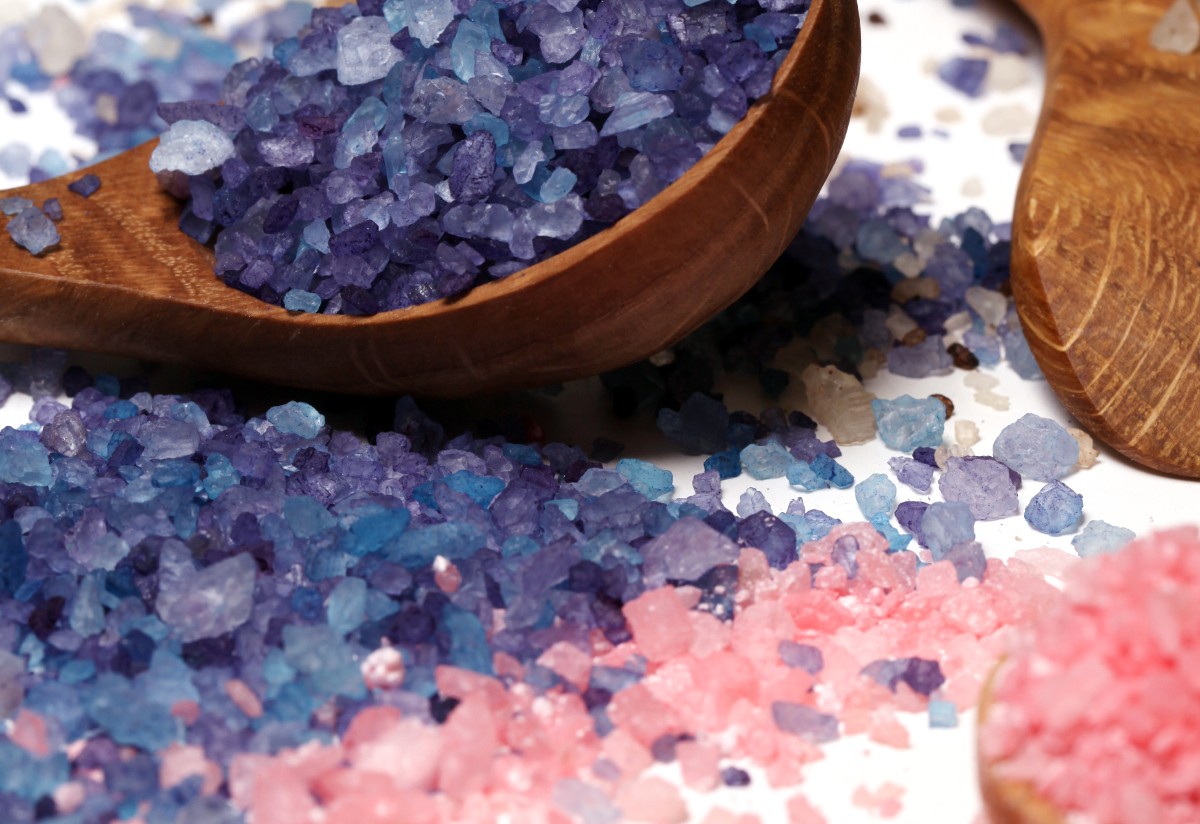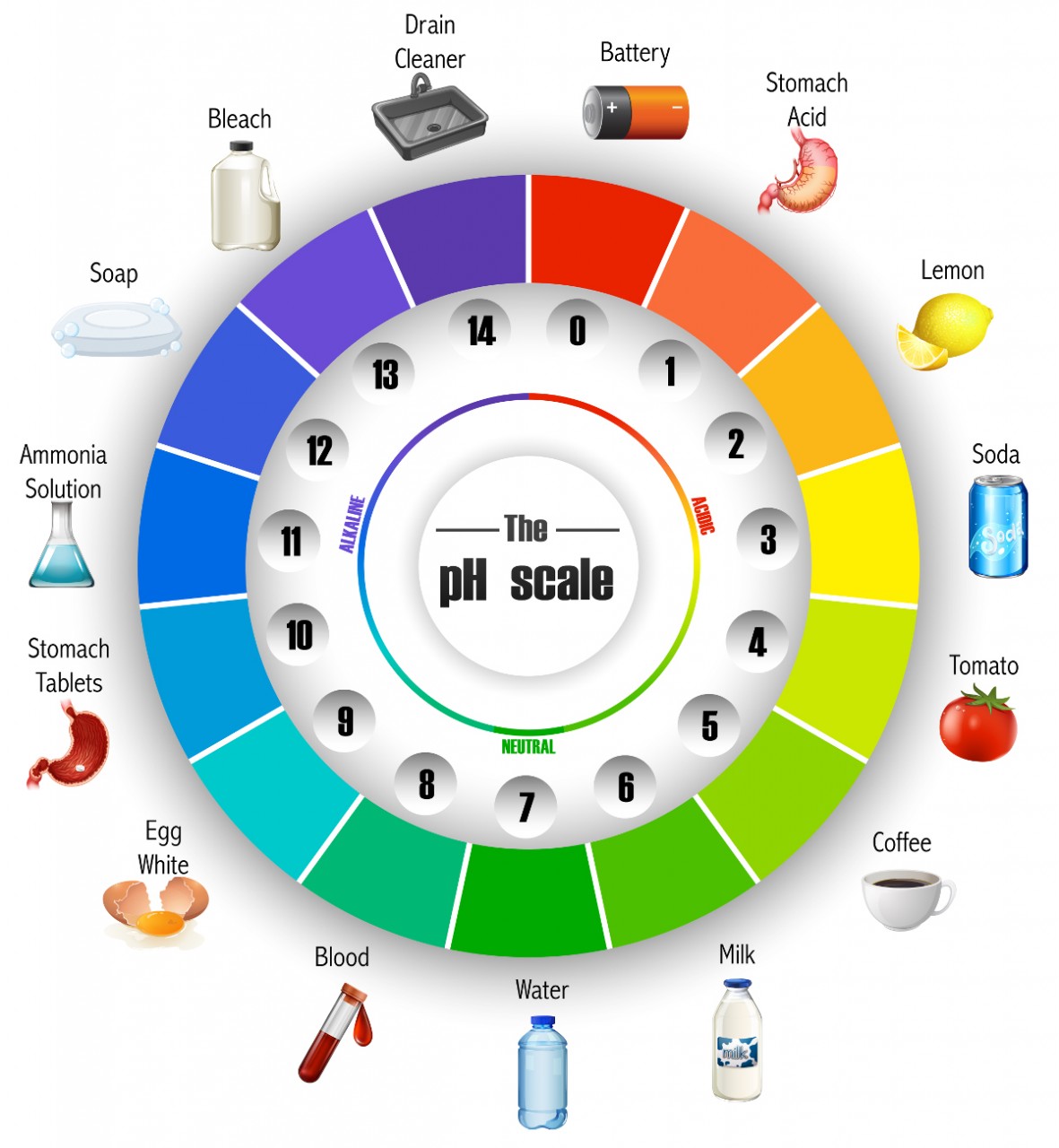Oxygen is a key component of the atmosphere and is critical for the support of life. Its reactivity makes it essential for respiration and combustion reactions - both of which release energy. Oxides are formed when oxygen combines with other elements. Much of Earth's crust (48.5% by mass) is composed of oxygen in the form of oxides ...
Introduction Group 17 ( used to be group 7) contains a set of non-metals known collectively as The Halogens. Like many families, the members of Halogen family have a number of similarities to each other. However, they also have some very important differences. Activity 1: Ferocious Fluorine This video shows&nbs...
Classic reactions of the alkali metals with water
Physically gases have a number of similarities. For example - all gases will: fill the container in which they are placed and adopt its shapeexpand when heated and contract when cooledbe compressed if subjected to increased pressureHowever despite these physical similarities many gases are chemically very different from one another....
2.34 Defining salts Common "table" salt ( sodium chloride) is found dissolved in large quantities in seawater. Sodium Chloride is just one example of the many compounds which can be called salts. Most salts are crystalline ionic compounds A salt is defined as : A compound resulting from a chemical reaction of an acid...
Acids and alkalis are all around us; many everyday foods, drinks, cleaning products are acidic or alkaline. Study the image of the pH scale "wheel". This scale gives a measure of the acidity or alkalinity of a substance. A value of pH 7 is regarded as neutral . Substances with a pH value greater than 7 are regarded as alkaline ...
2.45 - 2.46 Up in flames Fireworks produce a whole range of different colours. All fireworks release energy in the form of heat energy and are therefore exothermic. Explosions and rocket power is provided by gunpowder and similar explosive mixtures. Colours are achieved by mixing compounds which contain various metal ions into the explo...
2.15 - 2.20 Loss and gain Oxidation and reduction reactions are very commonplace. When a element combines with oxygen that element is said to have been oxidised. When the oxygen is removed from an oxide of an element to leave the element on its own, the oxide is said to have been reduced. Here we will use broader definition of oxidation ...
2.23 Activity 3. Aluminium extraction Electrolysis is used to extract reactive metals from their ores. Aluminium is a good example of this. Work through the animation carefully and then answer the questions below: QuestionsAnswers 1. What ions are present in the compound aluminium oxide? 2. What is the aluminium oxide mixed wi...






